
Research breakthroughs that keep astronauts healthy in space are also transforming medicine here at home. Dr. J.D. Polk, NASA’s chief health and medical officer, tells us what’s on the horizon in space medicine.

Research breakthroughs that keep astronauts healthy in space are also transforming medicine here at home. Dr. J.D. Polk, NASA’s chief health and medical officer, tells us what’s on the horizon in space medicine.
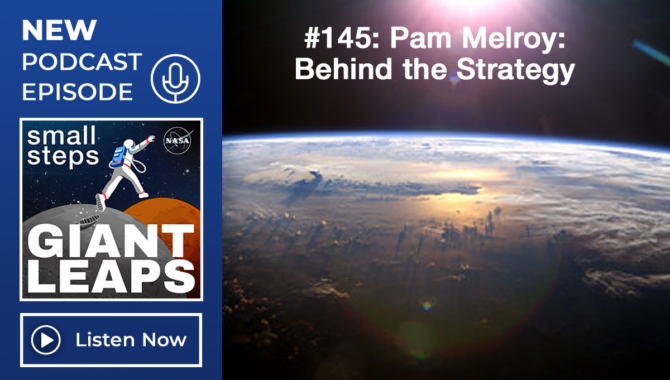
NASA Deputy Administrator Pam Melroy, who leaves NASA after many years of service, looks back on her career and shares her approach to designing the blueprints for key NASA exploration strategies during her tenure.
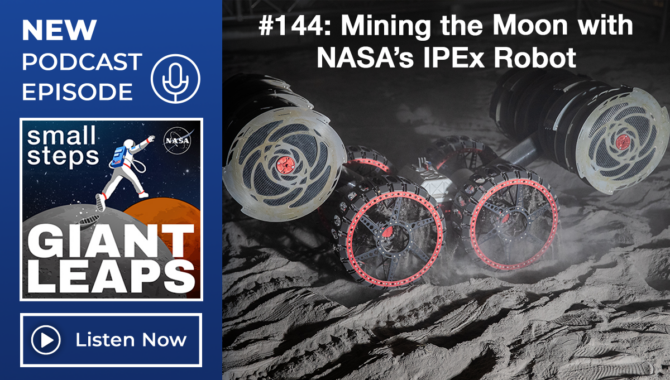
What does it take to mine the Moon? Engineers behind NASA’s ISRU Pilot Excavator, known as IPEx, are digging into the answers.
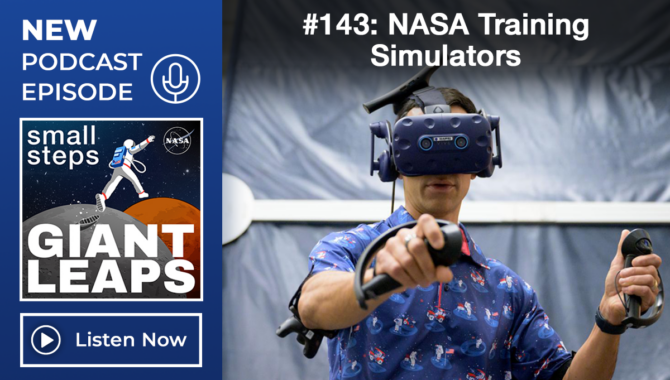
Before leaving the ground, astronauts prepare for spaceflight by immersing themselves in life-like training simulators. NASA’s Simulation and Graphics Branch makes it happen, and it’s critical to the success of humans in space.
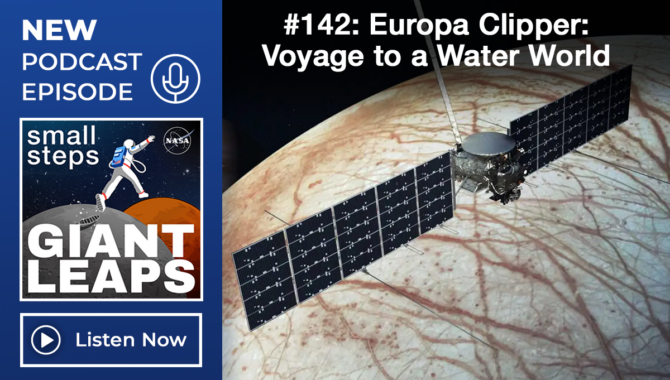
Could Jupiter’s icy moon Europa harbor the conditions for life in the ocean beneath its icy crust? The Europa Clipper mission is on a voyage to find out.
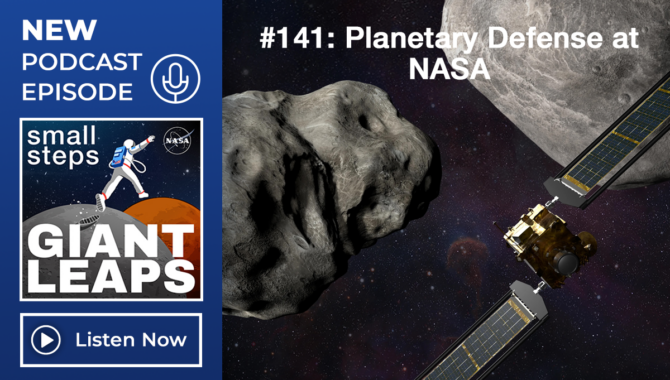
The best planetary defense is a good planetary offense. Learn how NASA’s Planetary Defense Coordination Office works to detect, track, and mitigate threats from asteroids and other near-Earth objects.
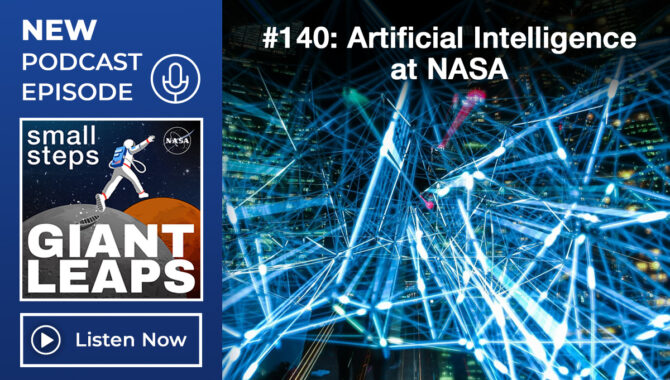
NASA has a long history with AI, using it in various applications like autonomous Mars rover navigation and detecting planets in other solar systems. Today, NASA is embracing AI for more members of the workforce, enabling innovation.
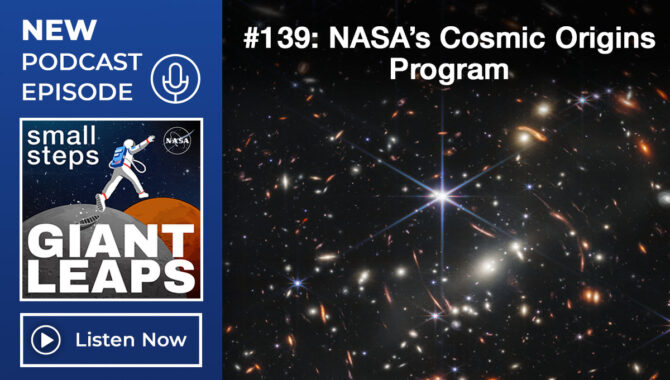
Where did we come from? It’s the ultimate question. Drs. Ron Gamble and Swara Ravindranath, scientists for NASA’s Cosmic Origins Program, are working to find out.
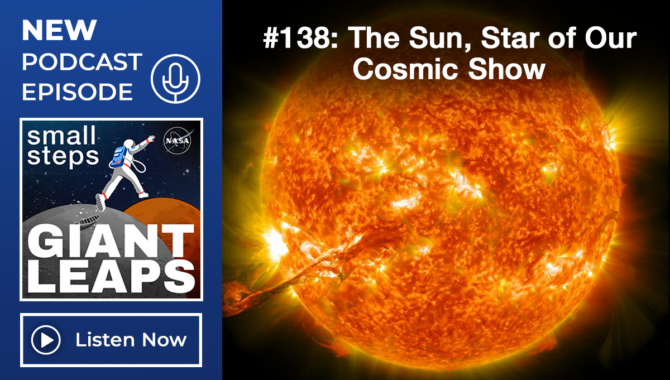
The Sun is the star of our cosmic show, but there’s a lot we don’t know about it. Dr. Joseph Westlake, director of NASA’s Heliophysics Division, talks about how NASA studies the Sun for the benefit of all.